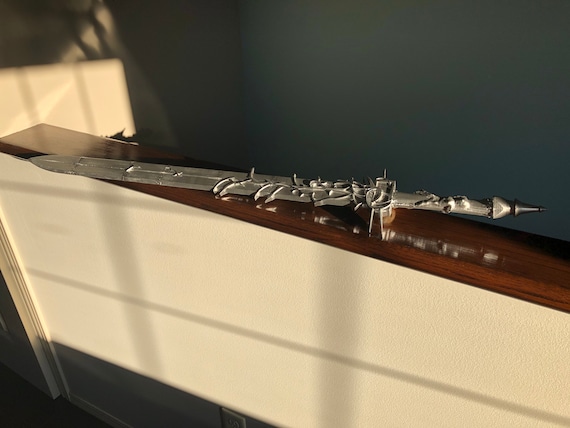
A leading news magazine has issued an unreserved apology after provoking ire with an airplane cartoon linked to the tragic Air India crash on 12 June in Ahmedabad, when flight AI171 went down shortly after take‑off carrying over 240 passengers. The sketch, which many saw as insensitive and lacking compassion, appeared in the aftermath of the catastrophe—and has since drawn widespread condemnation.
The cartoon, featuring a minimalist aeroplane sketched over a wavy line of smoke, was published beneath a satirical caption, widely criticised as mocking the disaster. Families of the victims and aviation safety experts denounced the caricature as a betrayal of public sentiment at a time of profound grief. Advocates for respectful journalism also criticised the decision, urging the magazine to uphold higher ethical standards.
Editorial sources confirm the piece was intended as dark satire, but nowhere intended to belittle the tragedy. In its apology, the magazine’s editor-in-chief stated that its aim was to critique broader aviation safety concerns, not to exploit suffering. “We deeply regret any offence caused. Our intentions were misguided, and we will be reviewing our processes,” the statement read.
Media industry observers note the cartoon’s release came amid intense scrutiny of aviation standards in India, especially since the Boeing 787 Dreamliner involved in the accident was 11 years old and maintained under the new management of Tata Group’s Air India. Satellite imagery and flight data suggesting a dual-engine failure during take-off fuelled concerns that poor maintenance standards might still persist despite recent restructuring. Investigative commentary and portions of flight tracking sequences, analysed by aviation experts, show the aircraft reached just 625 feet altitude before descending at around 475 feet per minute.
In the week following the crash, discussions over systemic issues in airline oversight have sharpened. Two whistleblowers, one inside Boeing and another with India’s Directorate General of Civil Aviation, have highlighted deficiencies ranging from pressure to meet schedules over safety equipment, to lapses in post‑Tata integration of maintenance teams. The whistleblowers emphasised that unless cultural changes are cemented—especially around reporting mechanical defects without fear of repercussion—questions will remain over safety practices.
Families of those on board have demanded a formal inquiry into maintenance logs and a review of regulatory approvals. Medical college leaders near the crash site in Ahmedabad confirmed that while there were ground casualties and injuries to passers‑by, at least one passenger survived, sustaining bruises and chest injuries. That survivor’s testimony, describing a sudden noise around seconds into take‑off, has drawn attention to possible engine issues. Safety advocates say the incident underscores the need for full transparency.
Meanwhile, public sentiment toward the magazine reflects broader tensions within news media. Social commentators argue that satire must be grounded in context and tone. One critic told this report that humour which trades on fresh grief “crosses the line from satire into callousness”. Meanwhile, the editor’s apology has been met with cautious approval, though many ask for clearer assurances about editorial accountability.
The magazine has pledged to implement several remedies: establishing a grief‑sensitive review panel for injury‑based content, conducting ethics training to sharpen staff awareness of audience emotional states, and delaying publication of darkly comic material when tragedies occur. The outlet’s pledge is being watched by industry peers as a potential turning point in editorial oversight.
When asked for comment, aviation analyst Rohini Menon emphasised the ripple effect of such missteps: “Aviation tragedies demand seriousness. A humour piece, especially in immediate aftermath, distracts from accountability and shows a misreading of public mood.” As aviation regulators and airline executives examine technical failures and safety protocols in the wake of the crash, journalists and editors are also facing scrutiny over how tragedy coverage is handled.
This controversy unfolds against a backdrop of renewed emphasis on editorial responsibility. In recent years, several high-profile media outlets have faced backlash over insensitive imagery or commentary. In each case, the standard response—an apology followed by procedural changes—has drawn attention to the gap between institutional intent and audience perception.


